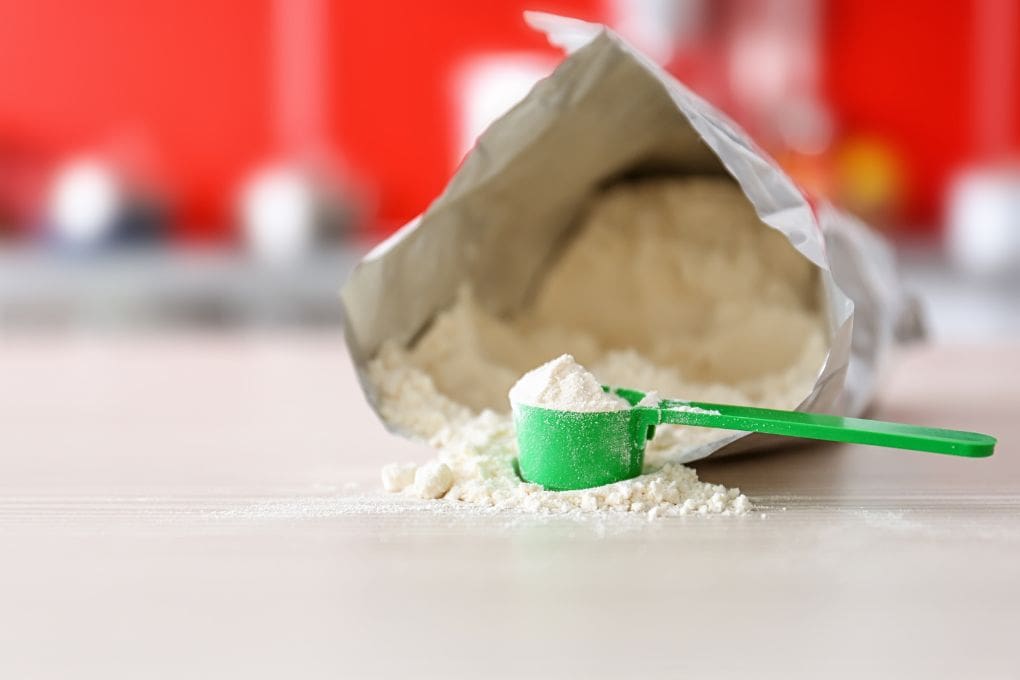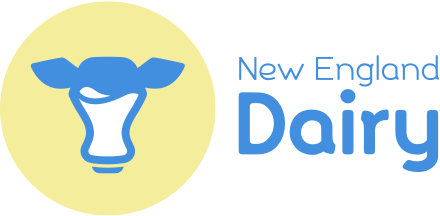
Shelf stable dairy foods are part of the dairy category that are able to be stored on the shelf rather than a refrigerator for up to six months. These products go through a different processing and packaging process than fresh dairy. Some common forms of shelf stable dairy include ultra-high temperature (UHT) milk, powdered milk, condensed milk, evaporated milk, shelf stable creamers, some cheeses, and even shelf stable yogurt. Whether you’re preparing for convenience, aiming to lessen your environmental impact, or simply avoiding the hassle of running out of milk, shelf-stable milk offers a reliable solution, combining convenience, sustainability, and nutritional value.
Making Fresh Dairy Shelf Stable
 Shelf-stable dairy, also known as aseptic dairy, is 100% drinkable and edible dairy made from cows’ milk. Fresh milk undergoes a process called ultra-high temperature (UHT) pasteurization, where it is heated to an extremely high temperature of up to 280 degrees Fahrenheit. UHT uses a shorter heating period compared to regular refrigerated milk, which is usually heated to at least 161 degrees for 15 seconds. This high temperature effectively eliminates harmful bacteria, before packaging the milk directly, or making it into a different dairy product like yogurt. This UHT pasteurization process allows for packaging in sterile containers, extending its shelf life to up to six months or more without the need for refrigeration depending on the product. For milk powders, there is an additional step involving dehydration for it to be formed into a powder to be used in various other products.
Shelf-stable dairy, also known as aseptic dairy, is 100% drinkable and edible dairy made from cows’ milk. Fresh milk undergoes a process called ultra-high temperature (UHT) pasteurization, where it is heated to an extremely high temperature of up to 280 degrees Fahrenheit. UHT uses a shorter heating period compared to regular refrigerated milk, which is usually heated to at least 161 degrees for 15 seconds. This high temperature effectively eliminates harmful bacteria, before packaging the milk directly, or making it into a different dairy product like yogurt. This UHT pasteurization process allows for packaging in sterile containers, extending its shelf life to up to six months or more without the need for refrigeration depending on the product. For milk powders, there is an additional step involving dehydration for it to be formed into a powder to be used in various other products.
Shelf Stable UHT milk and other forms of dairy use aseptic packaging, which plays a crucial role in keeping milk safe and fresh without the need for additives or preservatives. These cartons feature six protective layers that shield the milk from light, oxygen, and bacteria, preserving its nutritional value and flavor for extended periods.
UHT milk is not the same as condensed milk or evaporated milk in a can. Canned milk is often thicker and sweeter than UHT milk. During this process, water is added to UHT milk and is then simmered for an additional amount of time to break down this moisture.
Sustainability
Aseptic cartons are made from renewable materials like paper combined with thin layers of plastic and aluminum to protect against air, light, and bacteria. This type of packaging offers an efficient solution for distribution. Its unique shape is designed to be space-saving and cost-effective. Six cartons can form a cube, making storage and transport more efficient, which also supports sustainability by reducing waste, energy use, and transportation emissions.
Unlike fresh dairy, which is more perishable, shelf-stable dairy products can safely be stored in the cabinet or pantry for several months, helping to reduce food waste. Once opened, they also have a longer shelf life of about 7-10 days. For families that struggle with using all of their dairy products while they are fresh, shelf stable dairy products are a great option.
Many public-school systems are now purchasing shelf stable UTH milk which can be used in emergency situations when a delivery does not show up, or if a milk refrigerator breaks, they will still have a source of milk to offer students. Beyond convenience and sustainability, shelf-stable milk also plays a crucial role in food security. It serves as a reliable source of nutrition in emergency preparedness kits, food banks, and assistance programs, ensuring that people in need have access to dairy products even in situations where refrigeration is unavailable.
Shelf Stable Milk Nutrition
 Shelf stable UHT milk contains the same 13 essential nutrients as regular milk. The only difference is that it is heated to a higher temperature, killing more bacteria for it to be safely stored on a shelf. This may give the milk a thicker consistency making it rich and creamy. Shelf stable dairy can be used interchangeably with any recipe you may typically use refrigerated milk. Some vitamins, like A, D, and C could be lost due to sensitivity to high heat, but these products are likely fortified with these vitamins. With other dairy products made from UHT milk such as condensed milk, yogurts, and coffee creamers, there may be additional ingredients like added sugars incorporated when processing this new product.
Shelf stable UHT milk contains the same 13 essential nutrients as regular milk. The only difference is that it is heated to a higher temperature, killing more bacteria for it to be safely stored on a shelf. This may give the milk a thicker consistency making it rich and creamy. Shelf stable dairy can be used interchangeably with any recipe you may typically use refrigerated milk. Some vitamins, like A, D, and C could be lost due to sensitivity to high heat, but these products are likely fortified with these vitamins. With other dairy products made from UHT milk such as condensed milk, yogurts, and coffee creamers, there may be additional ingredients like added sugars incorporated when processing this new product.
Shelf-stable dairy proves that convenience doesn’t have to come at the expense of nutrition or sustainability. With the same 13 essential nutrients as refrigerated milk, a significantly longer shelf life, and reduction of food waste, it’s a smart choice for modern households, emergency situations, travelers, and anyone looking to simplify their grocery routine. Whether you’re stocking your pantry, reducing your environmental impact, or just ensuring you never run out of milk at an inconvenient time, shelf-stable milk delivers on all fronts—useful, sustainable, and nutritious.
